Cloud Security Posture Management (CSPM) solutions help organizations monitor and manage cloud infrastructure security, ensuring compliance with industry standards. They continuously assess for potential risks and vulnerabilities, providing insight and guidance to maintain a secure cloud environment.
As cloud utilization increases, CSPM solutions are indispensable in maintaining robust cloud security. They provide automated tools for identifying misconfigurations and compliance violations across cloud services. Users report that these solutions offer significant assistance in streamlining security operations, reducing exposure to potential threats, and maintaining a consistent security posture.
What are the key features of CSPM solutions?
What benefits should organizations consider for CSPM solutions?
Implementing CSPM solutions in sectors such as finance, healthcare, and retail has proven effective in meeting stringent security and compliance requirements. These industries benefit from the automated enforcement of security policies and the comprehensive overview of their cloud security posture.
CSPM is beneficial for organizations seeking to enhance their cloud security framework, ensuring that their cloud environments remain secure and compliant at all times.
| Product | Market Share (%) |
|---|---|
| Wiz | 20.8% |
| Prisma Cloud by Palo Alto Networks | 11.3% |
| Microsoft Defender for Cloud | 9.3% |
| Other | 58.599999999999994% |

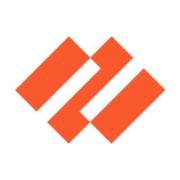



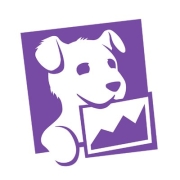
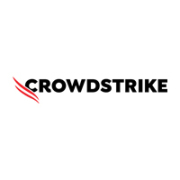




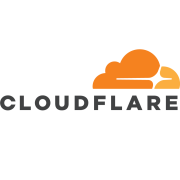



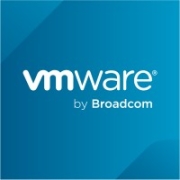

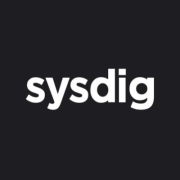








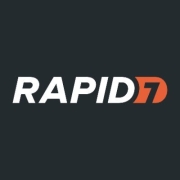



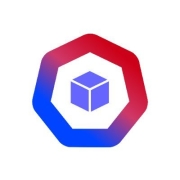


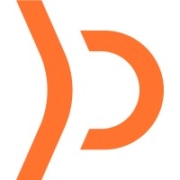


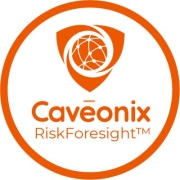





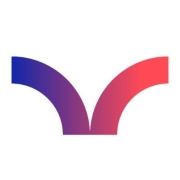

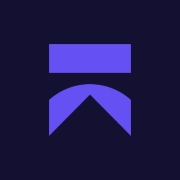



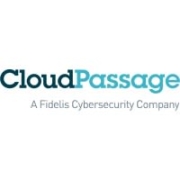





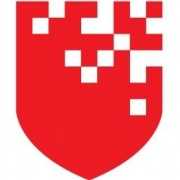


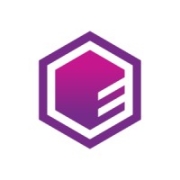

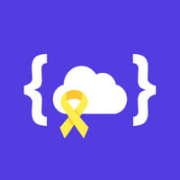








There are three ways cloud security posture management works to offer protection:
1. Visibility: Enterprise CSPMs provide visibility into your cloud assets and configurations to discover misconfigurations, changes in policy or metadata, and more. They also help your organization manage all of these policies through the use of a centralized console.
2. Manages and remediates: A CSPM eliminates security risks and accelerates the delivery process by comparing cloud application configurations to industry and organizational benchmarks so that violations can be identified and remediated. A CSPM also reduces human error that could increase your risk of costly breaches.
3. Identifies new potential threats: CSPMs proactively detect threats across the application development lifecycle by monitoring your cloud environments for inappropriate access and anomalies that may indicate malicious activity.
A CSPM is necessary for discovering and automatically remediating threats, misconfigurations, misuse, and compliance violations in public clouds. Because misconfigurations in the cloud are one of the most common causes of data breaches, CSPM tools come forth as the clear solution to bringing organizations peace of mind.
CSPMs are typically used by organizations that have adopted a cloud-first strategy and want to extend their cloud best practices to hybrid cloud and multi-cloud environments. However, a CSPM is recommended for all enterprises, big or small. CSPMs are beneficial for all organizations because traditional security doesn’t work in the cloud since there is no perimeter to protect, manual processes cannot occur with the necessary scale or speed, and the lack of centralization makes visibility extremely difficult to achieve.
By leveraging the potential of a CSPM, organizations can uncover:
A CWPP, otherwise known as a cloud workload protection platform, is an agent-based solution that helps address the unique requirements of server workload protection. A CWPP offers network segmentation, traffic visibility, and firewalling, anti-malware scanning and system integrity management, and application control, along with log management, monitoring, and much more. Some of the major benefits of a CWPP are that it scales easily, provides threat and data protection across the board, and leverages user workflows by synthesizing them into an ongoing continuum. The main differences between CSPM and CWPP are that CSPMs work to prevent software configuration vulnerabilities, while CWPPs perform security functions across a plethora of environments. In addition, while a CSPM is primarily used to identify vulnerable cloud configuration settings, CWPPs manage cloud vulnerabilities.
While both CSPMs and SSPMs (SaaS security posture management solutions) evaluate security posture, CSPMs focus on cloud services [like Amazon Web Services (AWS), Microsoft Azure, Google Cloud, and other Cloud Service Provider (CSP) infrastructure-as-a-service (IaaS) environments], and SSPMs focus on SaaS applications. CSPMs analyze entire cloud deployments at multiple levels of the computing stack and can scan IaaS, PaaS, SaaS, containers, and serverless code. CSPM tools also have some capabilities that SSPM tools do not have, such as incident response and vulnerability detection.
CSPM tools offer several benefits, including:
When selecting a CSPM solution, look for one with the following features:
CSPM enhances cloud compliance by continuously monitoring your cloud environment for compliance with regulatory frameworks and internal policies. Automated scans detect misconfigurations and vulnerabilities, providing real-time alerts and reports. This allows you to quickly address potential issues and maintain adherence to standards such as GDPR, HIPAA, and PCI-DSS.
What features should you look for in a CSPM tool?When selecting a CSPM tool, focus on features like automated compliance audits, real-time threat detection, and detailed reporting. Look for integration capabilities with existing security information and event management (SIEM) systems, support for multiple cloud providers, and user-friendly dashboards for simplified management. Advanced tools also offer machine learning to predict potential vulnerabilities.
Can CSPM tools help in identifying misconfigurations?CSPM tools are designed to identify and rectify misconfigurations in your cloud environment. They provide continuous monitoring and automated assessments to ensure configurations align with best practices and compliance standards. Detailed alerts and remediation steps guide you in correcting insecure settings, thereby reducing the risk of data breaches and unauthorized access.
How does CSPM integrate with existing security tools?CSPM solutions often integrate seamlessly with existing security tools like SIEM, identity and access management (IAM) systems, and vulnerability scanners. This integration allows for centralized management of security policies, streamlined workflows, and enhanced visibility into cloud security posture. APIs and connector plugins facilitate these integrations, ensuring comprehensive security coverage.
What are the benefits of using CSPM with multiple cloud providers?Using CSPM with multiple cloud providers offers a unified approach to securing diverse cloud environments. It provides consistent security policies, centralized visibility, and streamlined compliance management across platforms like AWS, Azure, and Google Cloud. This multi-cloud support simplifies the complexities of managing security in hybrid cloud scenarios and reduces operational overhead.